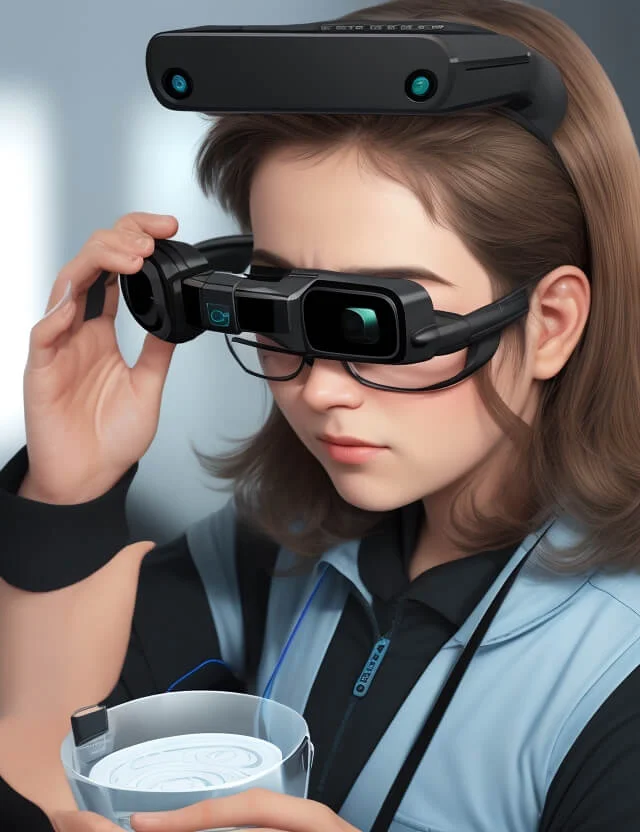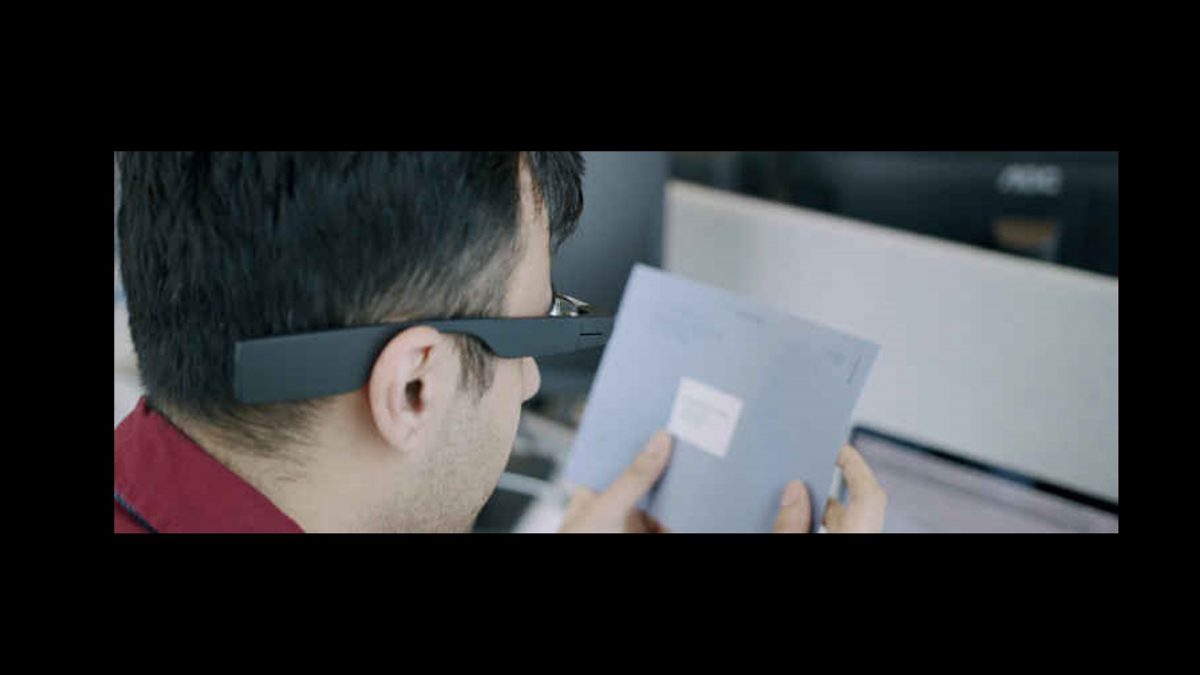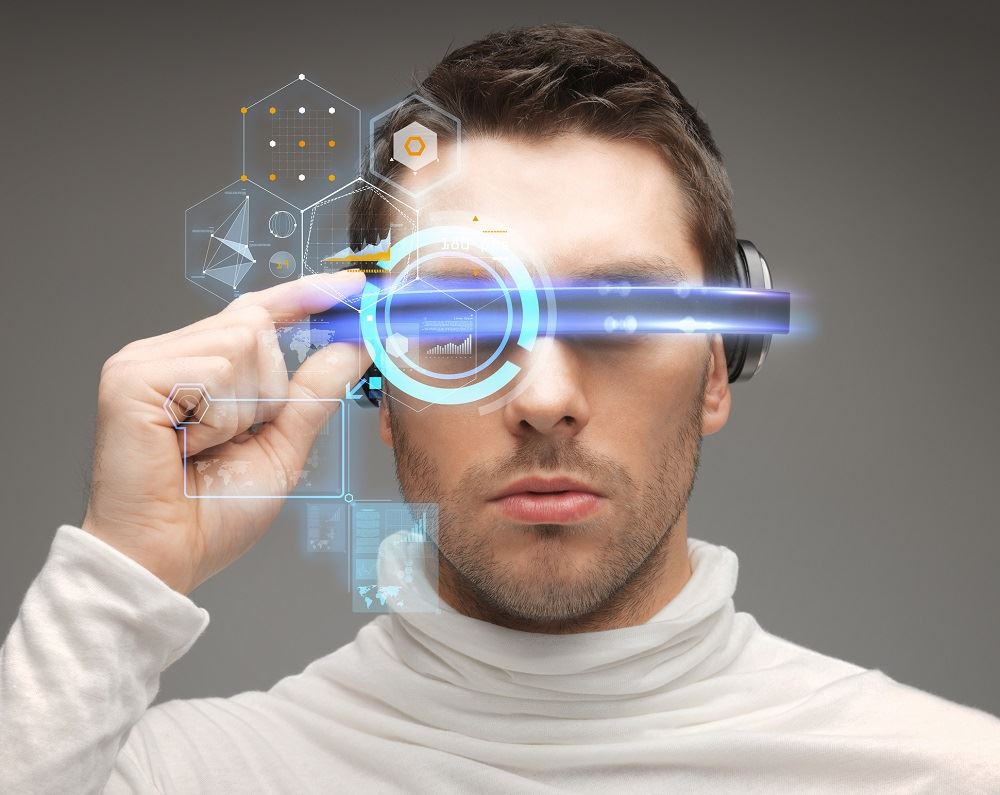Empowering Freedom With Assistive Technology for the Blind
The combination of assistive modern technology for people who are blind or visually impaired represents a substantial advancement in promoting self-reliance and improving top quality of life. With a series of gadgets-- from screen visitors to ingenious responsive tools-- these modern technologies not only assist in navigating and communication however additionally advertise social incorporation and engagement in various facets of life. As we explore the diverse kinds of assistive devices and their real-world applications, it comes to be clear that the influence is extensive. The development of this modern technology elevates vital concerns regarding availability and future advancements that necessitate more evaluation.
Understanding Assistive Innovation
Although assistive technology has actually developed dramatically over the years, its fundamental purpose remains the exact same: to boost the high quality of life for people with handicaps, particularly those who are aesthetically impaired or blind. This technology includes a wide variety of devices and tools that help with independence and capability in day-to-day tasks.
Assistive innovation can be categorized right into modern and low-tech services, each designed to satisfy certain demands. State-of-the-art gadgets commonly include software application applications, specialized hardware, and adaptive gadgets that use innovative innovation to supply assistance in various contexts. Conversely, low-tech services may include day-to-day products that are modified to improve access, such as magnifiers or tactile markers.
The integration of assistive modern technology into the lives of people that are blind or visually hindered not only promotes freedom yet additionally fosters social inclusion and engagement in academic and specialist atmospheres. By leveraging these innovations, customers can navigate their environments, accessibility information, and communicate properly, thus boosting their total quality of life. Understanding assistive technology is essential for specialists, caretakers, and advocates who intend to support individuals in optimizing their possible and accomplishing better freedom.
Sorts Of Assistive Instruments
Assistive devices for the blind and aesthetically damaged are crucial tools that improve daily living by addressing particular difficulties experienced by individuals. These gadgets can be broadly classified into three main types: optical devices, electronic tools, and sensory gadgets.

Sensory gadgets, such as Braille screens and tactile maps, supply alternate means to get details. Braille shows convert electronic message into Braille, allowing users to read through touch. Responsive maps use spatial understanding via raised textures and lines, allowing for better environmental understanding.
Together, these assistive gadgets equip people with visual problems to engage even more completely with their environments, promoting higher freedom and confidence in day-to-day tasks.

Influence On Life
The assimilation of assistive innovation into the everyday lives of people that are blind or aesthetically impaired dramatically improves their ability to browse and communicate with the globe around them. Devices such as screen viewers, Braille shows, and mobile applications help with access to details, permitting customers to engage with electronic web content, connect successfully, and take care of day-to-day jobs individually.
Moreover, technologies like wise glasses and navigating apps offer real-time top article assistance in unfamiliar environments, enhancing mobility and self-confidence. These tools make it possible for users to identify barriers, read indicators, and even recognize faces, hence fostering a sense of autonomy in public areas. Additionally, home automation systems, which can be regulated via voice commands, allow individuals to handle their living atmospheres better, enhancing convenience and safety and security.
The effect of assistive modern technology expands beyond useful jobs; it promotes social inclusion and psychological wellness. By linking the void between people and their environments, these innovations empower users to participate completely in community tasks, go after academic chances, and involve in meaningful partnerships. Eventually, the development of assistive technology is instrumental in redefining the possibilities for people who are aesthetically damaged or blind, resulting in an extra easily accessible and comprehensive culture.
Success Stories and Reviews

An additional powerful testimonial comes from Mark, a recent college graduate that made use of display reading software program throughout his scholastic journey. This innovation allowed him to accessibility training course products and participate in discussions, eventually bring about his effective transition into the labor force. Mark credits assistive innovation for empowering him to achieve his profession objectives, emphasizing its duty in leveling the having fun area for people with aesthetic impairments.
Furthermore, recreation center have reported enhanced engagement in their programs thanks to the introduction of eye visit obtainable electronic platforms. These systems have actually made it easier for people to connect, share resources, and assistance one an additional. These success tales jointly highlight the profound impact of assistive modern technology in cultivating freedom, boosting top quality of life, and breaking down obstacles for the blind and visually impaired neighborhood.
Future Fads in Assistive Tech
Arising innovations are poised to reinvent the landscape of assistive tech for individuals who are blind or aesthetically damaged. Innovations in fabricated intelligence (AI) and artificial intelligence are improving the abilities of gadgets, making it possible for even more intuitive important source customer experiences. For instance, AI-driven applications are significantly able to acknowledge things and read text aloud in real-time, supplying individuals with important details about their environments.
Furthermore, innovations in wearable technology are creating brand-new possibilities for independence. Smart glasses equipped with enhanced reality features can overlay important information onto the individual's line of vision, promoting navigation and communication with the atmosphere. The assimilation of Web of Points (IoT) devices is improving accessibility in clever homes, permitting individuals to manage devices and obtain notices via voice commands or tactile interfaces.
The development of braille display screens and tactile comments systems is likewise on the surge, promoting accessibility to electronic material and enhancing interaction. As these modern technologies proceed to progress, they guarantee to enhance day-to-day living, academic opportunities, and work leads for individuals with visual problems. Constant cooperation in between technologists, customers, and campaigning for teams will certainly be vital in making certain these innovations satisfy the requirements of the neighborhood successfully.
Verdict
To conclude, assistive technology plays a critical function in improving the self-reliance of people that are blind or visually damaged. By providing important tools and sources, these technologies assist in boosted interaction, navigation, and gain access to to details, thus cultivating autonomy and confidence. The transformative effect of assistive gadgets not just promotes effective communication with the environment yet additionally urges social addition and participation in different aspects of life, ultimately encouraging users to thrive within their areas.
The integration of assistive modern technology for individuals that are blind or aesthetically damaged represents a significant innovation in cultivating freedom and boosting quality of life.The combination of assistive technology right into the lives of people that are blind or aesthetically harmed not just advertises freedom however likewise fosters social inclusion and involvement in educational and specialist settings. Eventually, the development of assistive technology is crucial in redefining the opportunities for individuals who are blind or aesthetically damaged, leading to a much more available and inclusive culture.
Lots of people that are visually damaged or blind have actually shared inspiring success tales that highlight the transformative influence of assistive innovation on their lives.In final thought, assistive innovation plays an essential function in improving the independence of people who are aesthetically damaged or blind.